Support students to improve their persuasive writing with these persuasive techniques posters.
A Toolbox for Persuasive Writing
Persuasive techniques are strengths or methods used to influence and convince an audience to adopt a particular viewpoint, take a specific action or believe in a certain idea. They are often used in persuasive writing, speeches, advertisements and other forms of communication. Persuasive devices are the primary tools in a student’s persuasive writing toolbox!
Take your students’ writing from average to amazing by teaching these persuasive techniques using this set of classroom posters. It includes 12 different persuasive devices, with visually appealing illustrations and textual examples.
Download, enlarge and display on your classroom bulletin board for the duration of your persuasive writing unit!
Examples of Persuasive Writing Techniques
Wondering what persuasive devices are covered in this poster set? Here are the persuasive techniques that are included:
- Alliteration – The repetition of the same or similar kinds of sounds at the beginning of the words or in stressed syllables.
- Rhetorical questions – Questions asked just for effect or to emphasise a point. Directly answering the questions is not expected.
- Exaggeration – Used when giving information that is inflated or over the top. Exaggerating information can help to emphasise the point being argued.
- Statistics – Used to support the argument with real-life figures from relevant studies. They provide convincing evidence.
- Emotive language – Used to make the reader feel certain emotions, such as sadness or excitement.
- Modality – Used to indicate the degree to which something is certain, possible or improbable.
- Repetition – Used when important words or phrases are repeated so that they stick in the reader’s mind.
- Facts – Pieces of information that are used to back up an argument.
- Opinion – Used to get the writer’s thoughts or feelings about the topic across to the reader.
- Rule of 3 – Three adjectives or phrases used together to draw the reader’s attention.
- Personal pronouns – Words such as you, our, we, and us. Personal pronouns make the reader feel like the writer is talking directly to them.
Support Your Students’ Persuasive Writing Today!
Use the Download button to access the full-colour printable PDF.
We recommend that you print these classroom posters on thick card to ensure durability so they can then be used year after year.
Alternatively, you might like to print these four-to-a-page and create a flip book for each student in your class.
More Persuasive Techniques Resources
Looking for some persuasive writing resources that will support your students’ learning? We have you covered:
[resource:24323] [resource:5053744] [resource:25874]



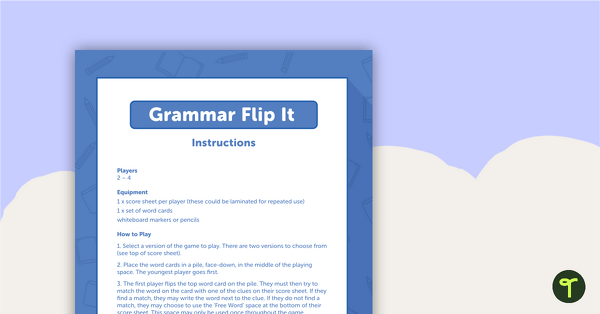
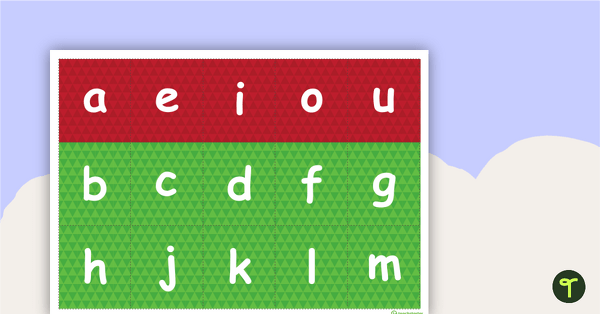
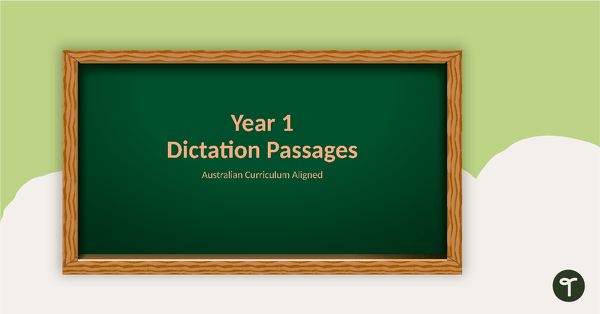
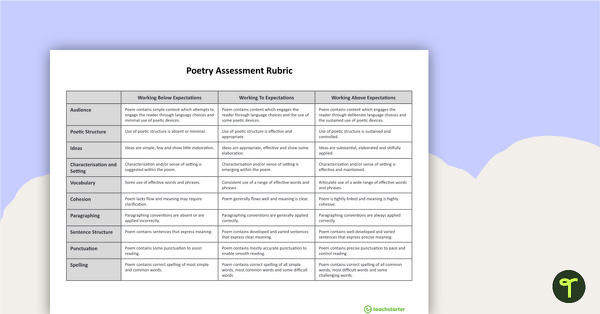
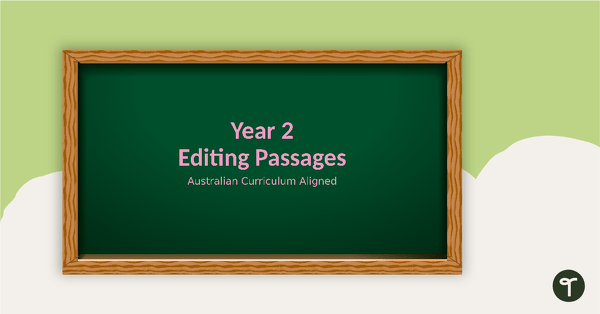
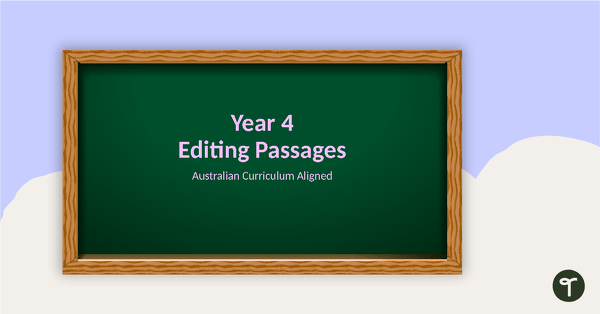

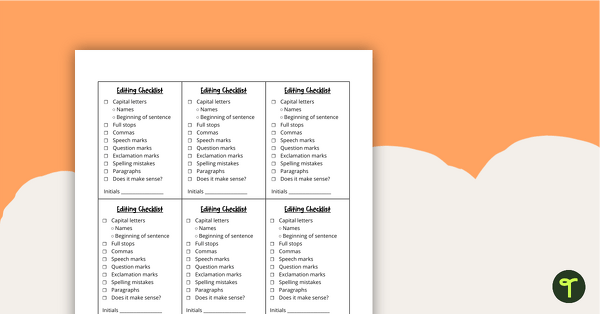
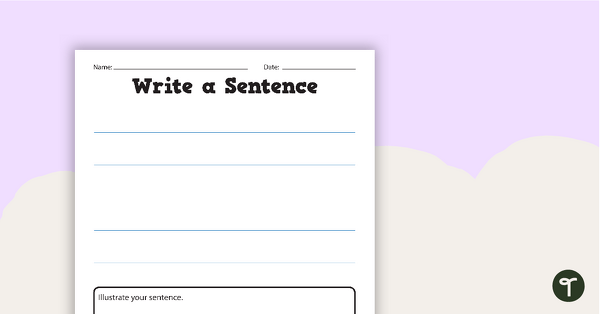
4 Comments
Write a review to help other teachers and parents like yourself. If you'd like to request a change to this resource, or report an error, select the corresponding tab above.
No comments yet.